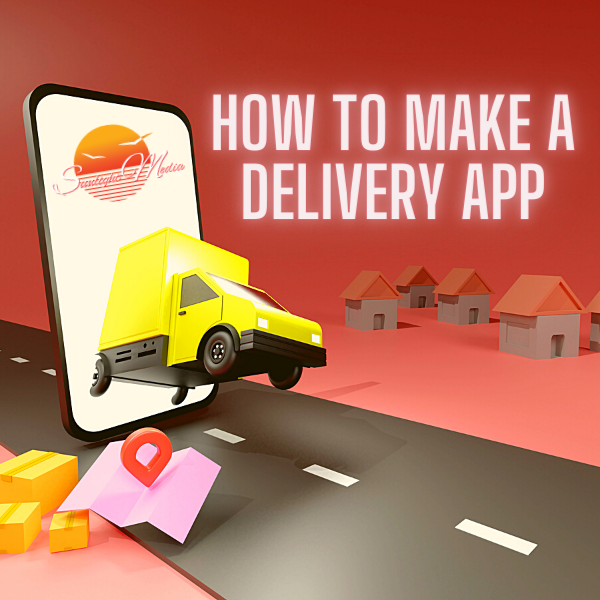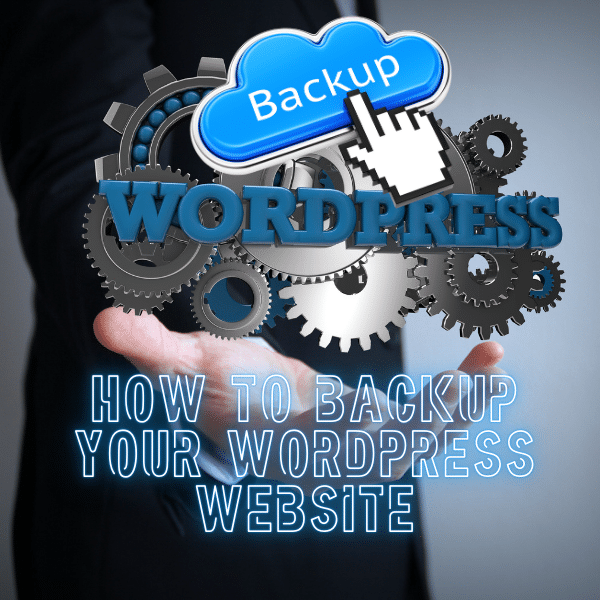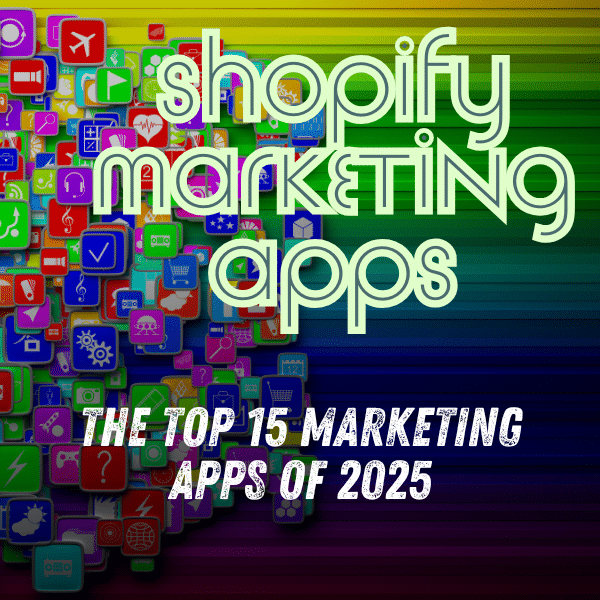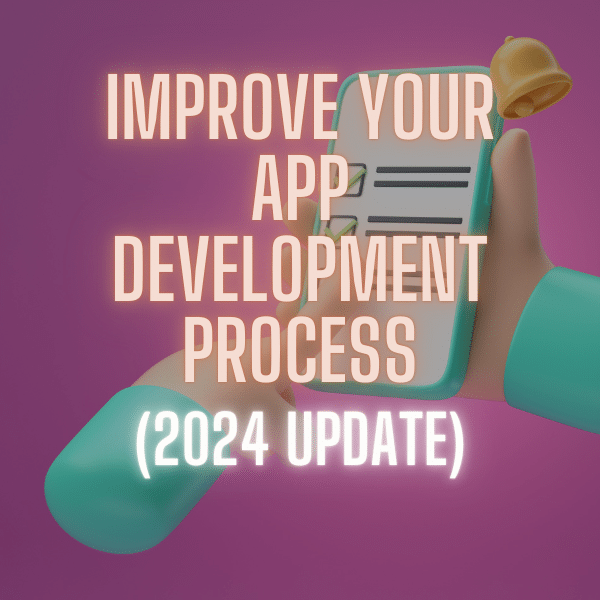Why you can trust Sunlight Media
- Expertise and Experience:Our content is crafted by seasoned professionals with extensive experience in digital marketing, ensuring you receive accurate and actionable advice.
- Unbiased Information:We provide impartial insights and recommendations based solely on what's best for your business, without any hidden agendas or promotions.
- Thorough Research:Our articles are backed by comprehensive research and the latest industry trends, ensuring you stay informed with reliable and up-to-date information.
- Transparency and Honesty:We believe in complete transparency. We disclose our sources, methodologies, and any potential conflicts of interest, so you can trust the integrity of our content.
- Continuous Improvement:We constantly review and update our content to reflect the latest developments in digital marketing, so you always have access to the most current and relevant information.

Creating a food delivery app requires a combination of strategic planning, user-focused design, and the right technology. Whether you’re creating an app for a restaurant, grocery store, or as a marketplace for multiple vendors, understanding the delivery app market and identifying the best business model is key. In this guide, we’ll walk you through the entire process—from choosing essential features like push notifications and secure payment options, to selecting the right app development method and platforms like the Apple App Store and Google Play Store.
With the food delivery industry booming, creating an app can open up new revenue streams and significantly boost customer loyalty.
Why You Should Build Your Own Delivery App
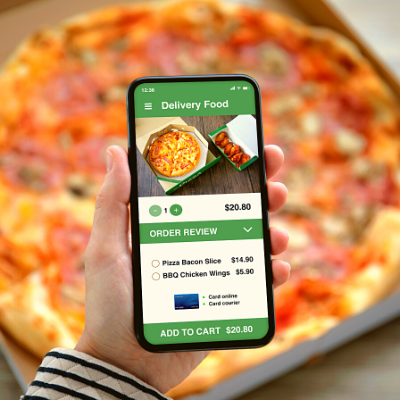
Building your own delivery app offers numerous advantages, particularly in eliminating the reliance on third-party platforms that can cut into your profits. Many restaurants and local businesses use delivery services like Uber Eats, which charge substantial fees per transaction. By developing your own delivery app, you not only save on these fees but also maintain full control over your customer interactions and data, allowing you to optimize the experience for greater customer satisfaction. This ownership can lead to increased loyalty, as you can offer personalized promotions and streamlined ordering processes, giving your customers a more tailored service.
Moreover, delivery app development enables you to scale your business more effectively by integrating features that specifically meet the needs of your target audience. Whether you’re a grocery store, restaurant, or a local delivery service, having your own app allows you to expand your offerings, improve delivery logistics, and tap into new revenue streams, such as subscriptions or loyalty programs. The convenience of being able to customize key features like secure payment options, delivery tracking, and push notifications ensures that your app remains competitive while fostering a stronger connection with your customer base.
Understanding the Growing Delivery App Market
The food delivery app market has experienced rapid growth in recent years, fueled by shifting consumer preferences toward convenience and on-demand services. Food delivery apps like Uber Eats and DoorDash dominate the global market, but there is significant opportunity for smaller businesses to carve out their own niche. The surge in demand for grocery and restaurant delivery services, especially during the pandemic, has expanded the market for both local and on-demand delivery apps. Consumers increasingly expect quick, easy access to products, whether it’s food or household essentials, which has made mobile delivery apps an essential tool for businesses to remain competitive and tap into new revenue streams.
Planning and Research for Your Delivery App
Planning and research are the foundational steps in creating a successful delivery app. This stage involves a deep dive into understanding your target audience, identifying your competitors, and defining your unique selling proposition (USP). By thoroughly planning and researching, you can ensure that your delivery app meets the needs of your users and stands out in the competitive market.
Conducting Market Research and Feasibility Studies
Market research and feasibility studies are essential to understand the demand for your delivery app and identify potential challenges. Start by conducting surveys, focus groups, and online research to gather data about your target audience’s preferences, behaviors, and pain points. This information will help you create a delivery app that meets their needs and stands out from the competition.
Some key questions to ask during market research and feasibility studies include:
- What are the most popular food delivery apps in your area?
- What features do users like and dislike about existing food delivery apps?
- What are the most common pain points for users when ordering food online?
- What is the average order value and frequency of orders for food delivery apps in your area?
By conducting thorough market research and feasibility studies, you can create a delivery app that meets the needs of your target audience and sets you up for success in the competitive food delivery market.
Identifying the Best Business Model for Your Delivery App
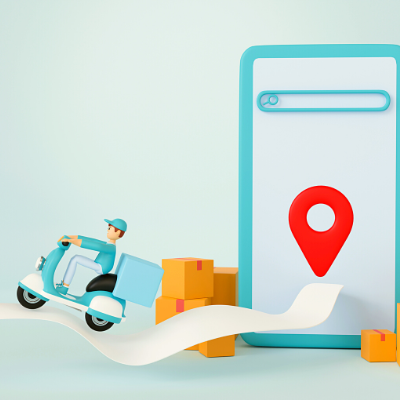
Choosing the right business model is crucial for the success of your delivery app. Validating your food delivery app idea through market research is essential before entering the competitive industry. There are several models to consider, each with its own advantages and potential challenges. A popular option is the B2C model, where you directly connect your business to the consumer, such as a restaurant app handling its own orders and deliveries. This model allows you to cut out the middleman and avoid third-party fees, retaining more profit. Alternatively, you can opt for a marketplace or three-sided model, where your app serves as a platform connecting multiple businesses, consumers, and delivery drivers. This approach can scale faster but often requires more complex logistics and support to manage multiple vendors and customers.
Another key consideration when identifying your business model is the revenue strategy. Apps that use delivery services as intermediaries often charge restaurants or stores for featuring them on the platform, and they can also charge delivery fees to customers. Some apps employ subscription-based services, offering perks like free delivery or exclusive discounts to customers who pay a monthly or yearly fee. Understanding your target audience and what they value most will help determine which monetization strategy will work best for your delivery app, ultimately shaping how your app grows and succeeds.
Exploring Popular Delivery App Business Models (B2B, B2C, Marketplace)
There are three primary business models to consider when building a delivery app: B2B, B2C, and marketplace. The B2B model involves providing delivery services to other businesses, such as logistics or courier companies, and often focuses on high-volume orders with repeat business clients. This model can scale quickly but requires robust systems to manage bulk orders efficiently.
The B2C model, on the other hand, connects businesses directly with consumers. In this model, a business like a restaurant or grocery store manages its own deliveries, eliminating third-party fees and fostering a direct relationship with customers. Finally, the marketplace model connects multiple vendors, consumers, and delivery drivers through a single platform. Apps like Uber Eats or DoorDash are prime examples, where the app handles the logistics while offering customers a variety of choices. This model can grow fast but is more complex, as it requires managing multiple stakeholders while ensuring seamless delivery and customer satisfaction.
Choosing the Right Development Method for Your Delivery App
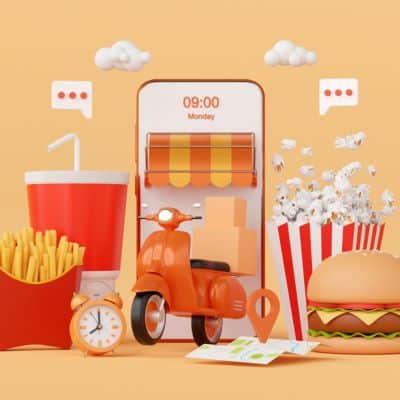
Understanding how to create a delivery app is crucial, and choosing the right development method for your delivery app is a critical decision that will impact the app’s functionality, cost, and scalability. There are several development approaches to consider, each with its own advantages and drawbacks.
1. Hiring an App Developer or Development Agency:
This method is ideal for those who want a fully customized, feature-rich app tailored to specific business needs. Developers can build a unique app with the exact specifications you want, but this option tends to be more expensive and time-consuming. Custom development offers the flexibility to create complex features and a completely personalized user interface. However, it requires a larger budget and longer development timelines, often stretching over several months.
2. Using a No-Code/Low-Code App Builder
If you’re looking for a faster, more cost-effective solution, no-code or low-code platforms like BuildFire can help you create a delivery app without requiring extensive technical knowledge. These platforms offer drag-and-drop features, pre-built templates, and integrations with third-party services. This method is highly efficient for small businesses looking to enter the market quickly, though it may lack the flexibility for extensive customization compared to custom-built apps.
3. Outsourcing to Freelancers or Offshore Developers
Another option is to outsource the development to freelancers or offshore teams. This can be a more budget-friendly alternative to hiring a local agency, but it comes with challenges like managing communication, time zone differences, and potential quality control issues. It works best for businesses that have a clear vision and well-defined project requirements but need to lower development costs.
The right method depends on your budget, timeline, and the complexity of the features you need. For businesses that need full control over the app and its scalability, custom development may be the best route. For those seeking faster, cost-effective solutions, app builders or outsourcing could provide the perfect balance.
Development and Testing
Once you have a solid plan and research in place, it’s time to start developing your delivery app. This stage involves designing and building the app, as well as testing it to ensure it meets your quality standards. The development process should focus on creating a user-friendly interface, integrating essential features, and ensuring the app is scalable.
Ensuring Quality Through Rigorous Testing
Testing is a critical stage of the app development process. It helps you identify and fix bugs, ensure the app is user-friendly, and verify that it meets your quality standards. There are several types of testing you can conduct, including:
- Unit testing: This involves testing individual components of the app to ensure they work as expected.
- Integration testing: This involves testing how different components of the app work together.
- User acceptance testing (UAT): This involves testing the app with real users to ensure it meets their needs and expectations.
Some key things to test during the development and testing stage include:
- User interface and user experience: Is the app easy to use and navigate?
- Payment processing: Does the app handle payments securely and efficiently?
- Order tracking: Does the app provide accurate and timely updates on order status?
- Customer support: Does the app provide adequate support for users who need help?
By conducting rigorous testing, you can ensure your delivery app is high-quality, user-friendly, and meets the needs of your target audience.
Defining Your Target Audience and Niche Market

Defining your target audience and niche market is essential for the success of your delivery app. Start by identifying who your primary customers will be and what their specific needs are. For instance, a food delivery app may target busy professionals, families, or students who value convenience and time savings. If you’re focusing on grocery delivery, your target could include working adults or seniors who prefer the ease of home delivery rather than going to a physical store. Understanding your audience’s pain points allows you to tailor your app’s features to meet their needs. This could include offering quick reordering, user-friendly interfaces, and secure payment options.
Once you’ve defined your target audience, it’s crucial to narrow down your niche market. With numerous delivery apps available, selecting a niche helps differentiate your service from competitors. You could focus on specific areas like organic grocery delivery, restaurant delivery from local eateries, or even a marketplace for home-cooked meals. By honing in on a niche, you can address the unmet needs of that particular segment and build a loyal customer base. A well-defined target audience and niche not only help in marketing your app effectively but also guide feature development, pricing models, and overall customer experience.
Understanding the Needs of Consumers and Local Businesses
Understanding the needs of consumers and local businesses is key to building a successful on demand delivery app. Consumers today prioritize convenience, speed, and user-friendly experiences, with many expecting on-demand services at their fingertips. Features like easy navigation, real-time tracking, and secure payment options are essential to meet these expectations. Additionally, local businesses, such as restaurants and grocery stores, seek solutions that help them reach more customers without incurring high fees from third-party platforms. They need tools that allow them to maintain direct relationships with their customers, manage orders efficiently, and offer reliable delivery services. By addressing both sides—providing convenience for consumers and an accessible, affordable platform for businesses—you can create a delivery app that thrives in a competitive market.
Key Features of a Successful Delivery App
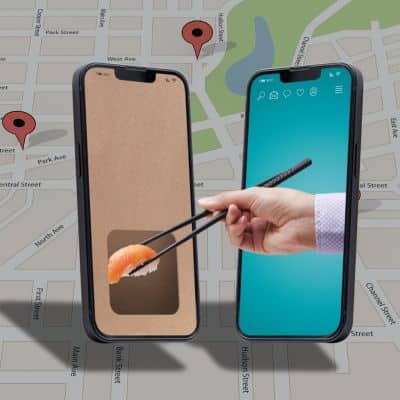
A successful delivery app must incorporate key features that enhance both the user experience and operational efficiency. One of the essential features is real-time delivery tracking, which allows users to follow their orders from preparation to doorstep delivery. This feature is crucial for providing transparency and managing customer expectations, leading to higher satisfaction. In addition, push notifications keep users informed about their order status, promotional offers, and new features, driving customer engagement and loyalty. Another key feature is a user-friendly interface, which ensures that customers can navigate through the app seamlessly, making the ordering process quick and simple. An intuitive design helps users place orders with just a few taps, which is especially important in a fast-paced delivery environment.
Equally important is the inclusion of secure payment options. A variety of payment gateways, including digital wallets, credit cards, and other contactless methods, provide convenience and security, ensuring that users feel confident about their transactions. Additionally, personalized recommendations based on previous orders or browsing habits can enhance the user experience by making the app feel tailored to individual preferences. Integration with social media for easy sign-ups or promotions also adds value by boosting user engagement and facilitating referral marketing. By incorporating these core features, delivery apps can ensure they are not only functional but also competitive in an increasingly crowded market.
Creating a User-Friendly Interface and Intuitive Design
A well-designed app’s features should always align with the preferences of the target audience. For instance, integrating user-friendly icons, personalized menus, and easy navigation can make ordering from a restaurant app quick and hassle-free. This seamless experience is crucial for encouraging repeat use, reducing cart abandonment, and driving customer satisfaction, all while ensuring the app’s interface doesn’t overwhelm users with unnecessary complexity.
Choosing the Right Platforms for App Distribution
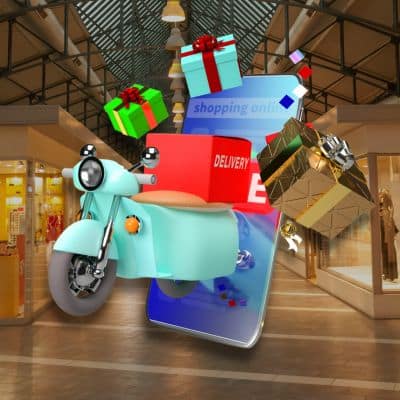
When launching a delivery app, selecting the right platforms for distribution is crucial to reach your target audience and maximize user engagement. The two primary app distribution platforms are the Apple App Store for iOS users and the Google Play Store for Android users. Releasing your app on both platforms ensures that you cater to the widest possible audience, as the global mobile market is almost equally divided between iOS and Android devices. By optimizing your app for both ios apps and android apps, you allow users from both ecosystems to access your services seamlessly. Additionally, utilizing progressive web app technology can further expand your app’s reach by offering a web-based experience that mirrors native apps, without requiring downloads from app stores.
Choosing the right platform goes beyond just selecting between iOS and Android; it also involves leveraging each platform’s specific strengths. For instance, the Apple App Store is known for its high-security standards and premium user base, which makes it ideal for apps offering secure transactions and targeting customers who are willing to pay for premium services. Meanwhile, the Google Play Store offers a broader audience and tends to have lower barriers to entry, making it easier for smaller businesses to distribute their apps. By considering the app stores that best align with your business goals and target demographic, you can optimize your app’s presence and ensure that it reaches more customers across various mobile platforms.
Releasing on the Apple App Store and Google Play Store
Releasing your delivery app on both the Apple App Store and Google Play Store is essential for reaching a broad audience across different mobile platforms. Each platform has unique requirements and advantages that can impact the success of your app. The Apple App Store typically attracts a user base that prioritizes premium experiences and security, making it ideal for apps that offer high-end services and secure transactions. On the other hand, the Google Play Store has a larger global user base, offering broader market access and faster approval processes for app updates. By optimizing your app for both platforms, you can ensure that your app is accessible to iOS and Android users alike, increasing your chances of reaching more customers and driving downloads. Additionally, leveraging platform-specific features like in-app purchases, push notifications, and app store optimization (ASO) will help boost your app’s visibility and user engagement.
Ensuring Customer Satisfaction and Retention
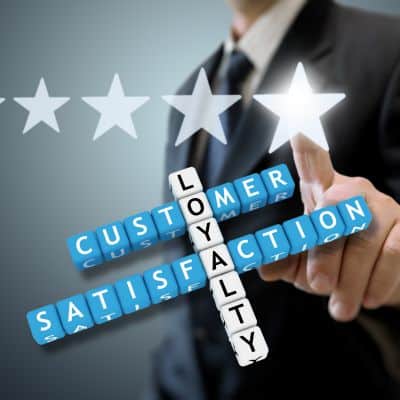
Ensuring customer satisfaction and retention is crucial for the long-term success of a delivery app. A smooth and reliable user experience is at the core of maintaining high levels of customer satisfaction. This can be achieved by implementing essential features such as real-time delivery tracking, clear communication via push notifications, and a user-friendly interface that makes it easy to navigate through the app. Additionally, providing secure payment options builds trust, ensuring users feel safe when making transactions. Personalized touches, like offering repeat customers loyalty rewards or exclusive discounts, also help foster customer loyalty and encourage repeat business.
Beyond functionality, retaining customers requires continual engagement through features like promotions or updates about new offerings. Regularly gathering user feedback and responding to concerns shows that your app values its users, helping to strengthen the relationship and improve the overall customer experience. By focusing on these elements, your delivery app can keep users satisfied while building a loyal customer base over time.
Building Loyalty with Personalized Push Notifications
Building customer loyalty through personalized push notifications is a powerful strategy for any delivery app. By using data from food delivery services or on demand delivery apps, businesses can tailor notifications to individual preferences, ensuring that each message is relevant and timely. For instance, when users frequently order from a specific convenience store, sending them targeted promotions or discounts for that store will feel personal and valuable. Additionally, personalized notifications can highlight food delivery service updates, like new items from their favorite local restaurants or limited-time offers based on their past ordering behavior. By offering this level of customization, apps foster repeat business and strengthen user engagement, encouraging customers to stick with the platform for their regular needs.
Marketing and Launching Your Delivery App

Marketing and launching your delivery app is a critical phase that determines its initial success. To effectively engage both consumers and local stores, start by creating a solid pre-launch strategy that generates excitement and interest. Using tools like push notifications, targeted emails, and social media campaigns can help build awareness before the official launch. Highlight key benefits such as food delivery services from local restaurants or convenience stores, and showcase how your app offers a seamless and personalized experience.
In the post-launch phase, leverage in-app promotions, such as offering a discount for first-time users, to drive downloads and encourage users to place their first orders. Incorporating a drag and drop interface for business owners to easily manage their menus or services can attract more partners to join your platform. Use gather feedback mechanisms, such as in-app surveys, to understand user preferences and improve your offerings. Ensuring that your app addresses real user needs and integrates smoothly with existing services will help build long-term loyalty and encourage repeat business.
How to Promote Your App and Drive Early Downloads
Promoting your delivery app and driving early downloads requires a multi-channel approach to reach both consumers and businesses like local stores. Start by offering limited-time promotions, such as a discount on first orders or free delivery, which can be sent out through push notifications and highlighted on social media. Collaborating with local restaurants and convenience stores is another effective way to increase visibility, as these businesses can promote the app to their existing customer base. Additionally, focus on optimizing your app’s presence in both the Apple App Store and Google Play Store by using relevant keywords, engaging descriptions, and attractive visuals. Encourage early users to leave reviews, which can help build credibility and attract more downloads.
Maintaining and Updating Your Food Delivery App
Once your delivery app is launched, it’s essential to maintain and update it regularly to ensure it remains competitive and meets the evolving needs of your users. Regular maintenance and updates help you fix bugs, improve performance, and add new features that enhance the user experience.
Strategies for Continuous Improvement and User Engagement
There are several strategies you can use to continuously improve and engage with your users, including:
- Collecting user feedback: Use surveys, reviews, and ratings to gather feedback from users and identify areas for improvement.
- Analyzing user behavior: Use analytics tools to track user behavior and identify trends and patterns.
- Updating the app regularly: Regularly update the app with new features, bug fixes, and performance improvements.
- Offering promotions and discounts: Offer promotions and discounts to incentivize users to continue using the app.
- Engaging with users on social media: Engage with users on social media to build a community and encourage user-generated content.
Some key metrics to track during the maintenance and update stage include:
- User retention: How many users are returning to the app over time?
- User acquisition: How many new users are downloading and using the app?
- Average order value: What is the average value of orders placed through the app?
- Customer satisfaction: How satisfied are users with the app and its services?
By continuously improving and engaging with your users, you can build a loyal customer base and drive long-term success for your delivery app.
Scaling Your Delivery App to Meet Demand
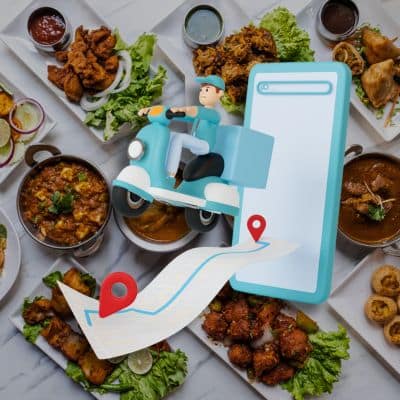
Scaling your delivery app to meet growing demand requires strategic enhancements that benefit both consumers and local stores. As your user base expands, it’s important to integrate scalable features, such as expanding the food delivery services to include more local restaurants and convenience stores. This ensures that users have a wider range of choices, increasing app engagement. Additionally, leveraging cloud infrastructure will help handle increased traffic without compromising performance. Ensure that the app’s push notifications and personalization features can adapt to larger datasets to maintain customer loyalty and deliver relevant updates. Also, focus on optimizing your logistics and gather feedback from users to improve efficiency and cater to high demand, ensuring smooth operations and a positive user experience as you grow.
Measuring Success and Improving Your App
Measuring the success of your delivery app and improving it over time is essential for long-term growth. Start by analyzing key performance metrics like user acquisition, retention rates, and repeat business. Understanding how frequently users engage with your app and where they drop off will help pinpoint areas for improvement. Collecting and analyzing gather feedback from users through surveys or reviews is another effective way to identify pain points and areas where the app can improve, such as refining the user interface or enhancing push notifications. Additionally, tracking in-app behaviors, like order completion rates and average delivery times, can provide valuable insights into operational efficiency. Based on these insights, make iterative updates to ensure your app remains competitive and continues to meet user expectations.
Conclusion
In conclusion, developing and launching a successful delivery app requires careful attention to user experience, scalability, and ongoing improvement. By leveraging personalized push notifications, gathering real-time feedback, and focusing on customer satisfaction, you can create a platform that stands out in the competitive market. Additionally, implementing features like drag and drop interfaces for businesses to manage their menus and incorporating social media integration can further enhance the app’s appeal. To set your app apart, consider offering unique services like scheduled deliveries for convenience or even subscription models that offer exclusive deals to regular users. These suggestions, along with continuous performance monitoring and feedback collection, will ensure that your app not only meets but exceeds user expectations, driving long-term growth and success.
FAQ’s
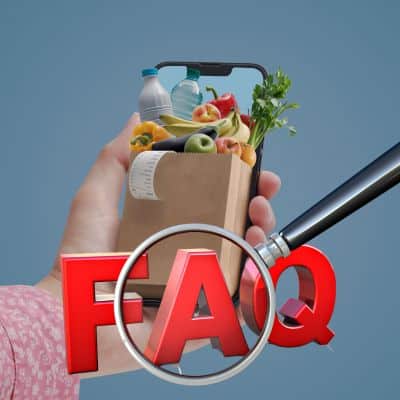
How can I create a delivery app without coding experience?
You can use DIY app builders like BuildFire to create a delivery app without writing any code. These platforms provide templates and plug-and-play features that make it easy for non-developers to build and customize apps for their business.
What are the essential features of a food delivery app?
Key features include a user-friendly interface, delivery tracking, secure payment options, push notifications, and a detailed menu order system. These features ensure smooth operations and enhance customer satisfaction
How can I monetize my delivery app?
There are several ways to monetize your delivery app, such as charging delivery fees, commissions on orders, offering subscription-based loyalty programs, and using in-app advertisements. You can also charge restaurants or businesses for premium placement within your app.
What are the best platforms to launch my app?
You should release your app on both the Apple App Store for iOS users and the Google Play Store for Android users to maximize your reach. Progressive Web Apps (PWAs) are also an option for offering web-based app experiences across all devices.
How long does it take to develop a food delivery app?
The development time can vary depending on the method used. If you’re using a no-code app builder like BuildFire, you can create and launch a delivery app in as little as 12 weeks.
What business models work best for a delivery app?
Common business models include B2C (direct-to-customer), B2B (serving other businesses), and three-sided marketplace models (like Uber Eats), which connect customers, restaurants, and delivery drivers. Choosing the right model depends on your target market and business goals.
What are the advantages of owning your own delivery app versus using third-party platforms?
Owning your own app allows you to avoid third-party fees, maintain control over your brand, gather valuable customer data, and create personalized experiences that increase loyalty and repeat business.

